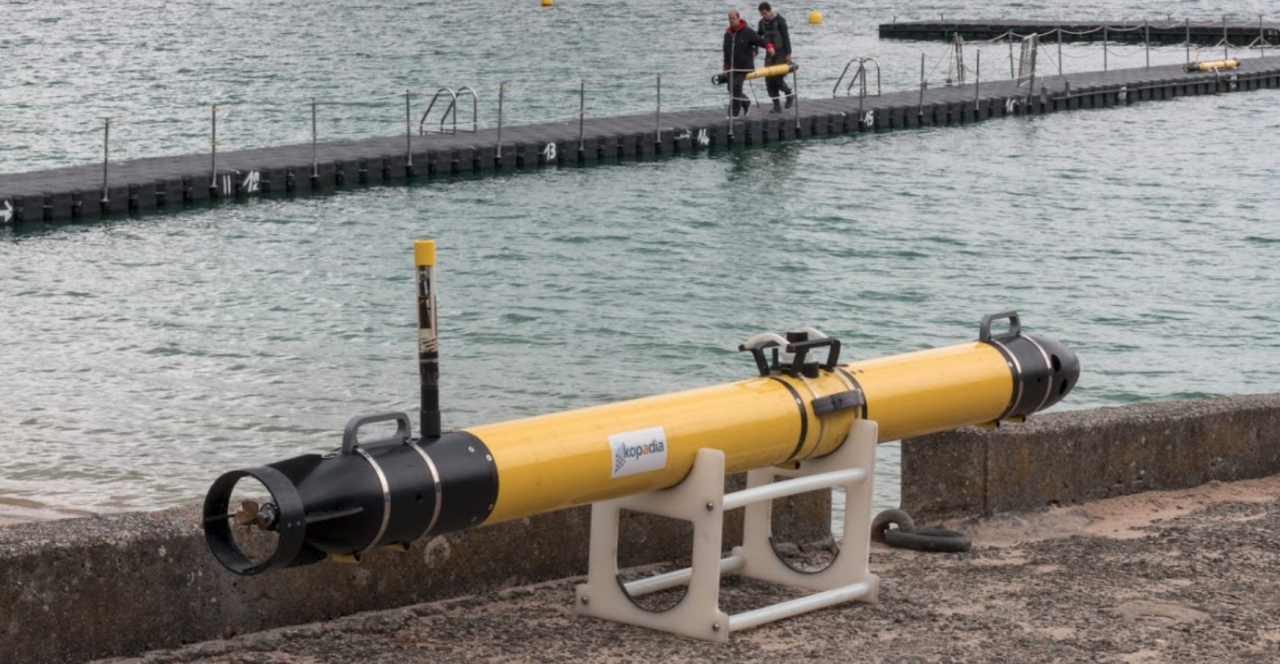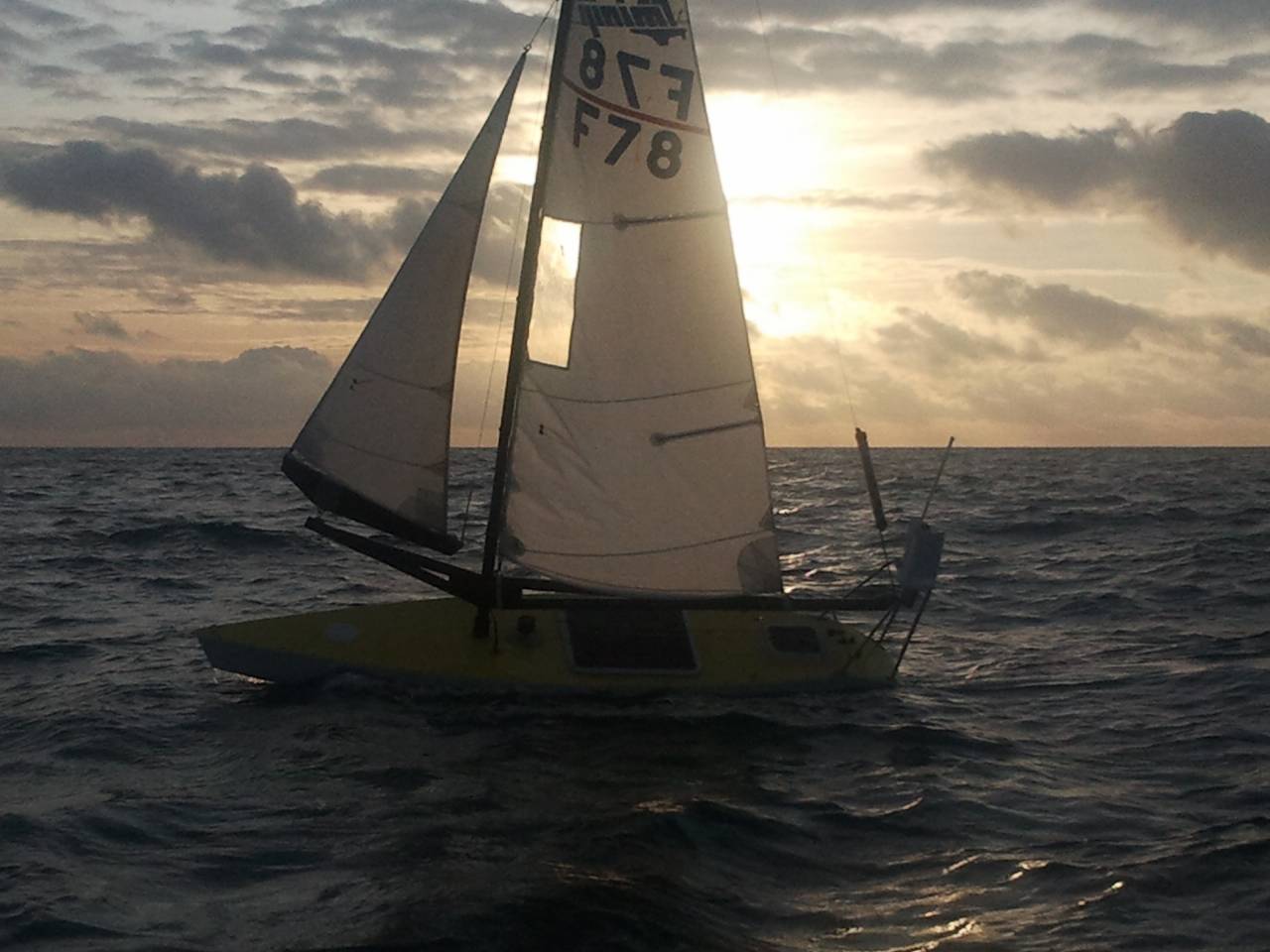Context
In recent decades, mobile robotics has grown significantly in structured and already mapped environments. In unknown and unstructured environments, such as distant planets, volcanoes, deep caves, irradiated areas, water veins, burning buildings, deep sea, robotics changes its nature.
Robotics is needed since it is difficult for humans to intervene in a safe manner and the operator can no longer help the robots by remote operations.
Therefore, the robot must have a maximum of autonomy and intelligence in order to accomplish a mission. This is called 'exploratory robotics' because the robot must map its environment, make decisions, locate itself and be able to return home.

Objectives
ROBEX seeks to develop methodological tools to design intelligent algorithms allowing robots to accomplish an exploration mission autonomously. Under certain assumptions about the environment and the dynamics of the robot, we are interested in guaranteeing certain properties such as the avoidance of a forbidden zone, the respect of constraints on the state of the system, the integrity of the localization and the ability to return to the starting point. We strive to rigorously take into account any type of uncertainty, to obtain theoretically elegant solutions, and to make convincing experimental validations.
For more details, see https://www.ensta-bretagne.fr/robex/
Methodological tools
Among the methodological tools that ROBEX wants to promote, we focus on set theory, abstract interpretation, nonlinear robot control and Bayesian filtering. We seek to represent and propagate uncertainties in the most rigorous way possible without making uncontrolled approximations, such as those induced by linearization or discretization. Uncertain variables can be the environment map, sensor data, robot trajectory, past or future decision making, robot dynamics and human interventions. The modeling of these different types of uncertainty requires a reflection and the development of tools able to meet our objectives.
Examples
We give here some illustrative examples of problems that we will try to treat with our approaches.
1. Design and build an underwater robot able to explore its environment alone, without surfacing to collect GPS, with only a sonar.
2. To realize in an underwater world an isobath tracking in order to explore and come back, with a simple echo-sounder.
3. To realize the capture of a robot by several robots in an uncertain and unstructured environment.
4. To design drifting robots capable of traveling very long distances in the ocean using ocean currents as a means of propulsion.

Collaborations
Compagnies: Kopadia, Thales, Forssea, RT-sys, iXblue, ECA-robotics, Subsea-Tech, Orange-Labs, Pilgrim, Texys Marine, Oxxius.
Institutions: DGA, DRASSM, Ifremer, EDF, Région Bretagne, Shom.
Laboratories: LIRMM, IRISA, Polytechnique, LS2N.
GDR : GDR Macs et GDR robotique.
